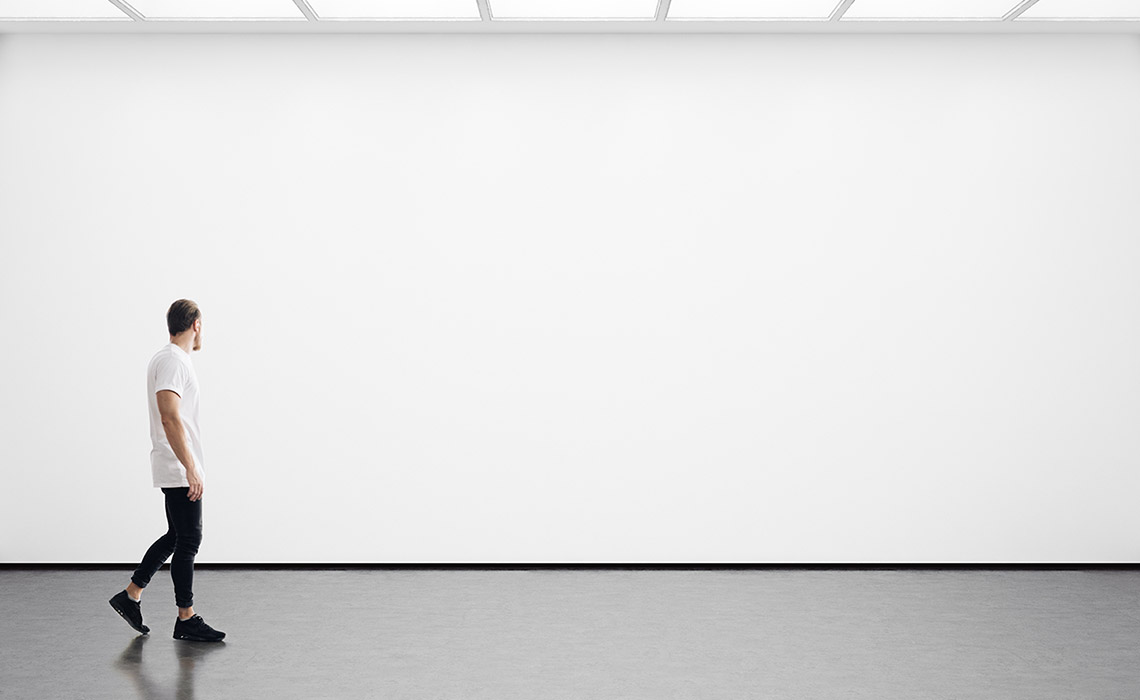SÃO PAULO
/2012
Naïve #62
Technical Data Sheet
Year: 2012
Photography
Contemporary
Colorido
110 cm 110 cm 5 cm
Description
Procurando a obra que mais combina com você?
Converse com nossa equipe para uma consultoria exclusíva com obras de sua preferência.
Fale ConoscoFor more
Inspiration














